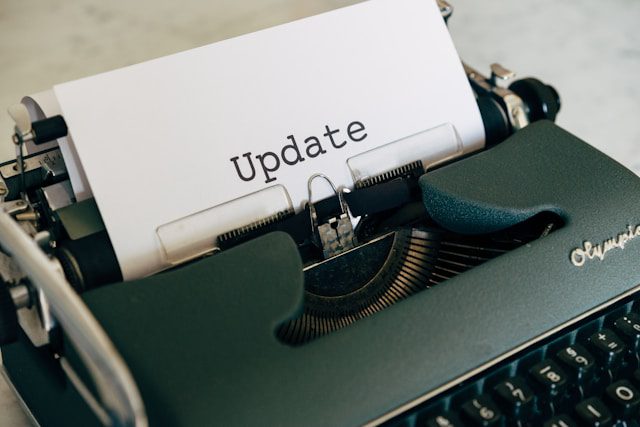As dentistry advances, gaining a deeper understanding of the oral cavity’s anatomy and the role of each nerve and bone is paramount. One area that continues to revolutionize is implantology. While dental implants can provide an elevated level of patient care, the placement of the implant carries many inherent risks that clinicians must consider before performing the procedure. A primary focus during an implant procedure is to avoid vital structures of the jaw, including the inferior alveolar nerve (IAN). The IAN is a sensory nerve found in the mandible and, if disturbed, can result in short-term or permanent paresthesia, anesthesia, or dysesthesia.
Researchers from the Nova Southeastern University College of Dental Medicine in Davie and Larkin Community Hospital in South Miami, Florida, recently published a study in the Journal of Oral Implantology to ascertain if the IAN is protected by continuous or partial cortical (solid, dense) bone offering a layer of protection for the nerve or if the IAN runs through cancellous (spongy, porous) bone with no natural protection. Authors Jack Piermatti, DMD, FACP, and Patricia Oyole, DDS, OMFS, MBA, state, “The purpose of this article is to focus on the placement of dental implants in the posterior mandible. Of particular interest is the morphology of the mandibular canal in avoiding injury to the IAN… A basic tenet for a successful dental implant requires it to be fully encased within bone.”
The researchers rigorously examined 14 fresh-frozen Cephalus cadaver specimens to determine the protection level for the IAN. The specimens ranged in age from 49 to 99 years (77.9 average), with five males and nine females. No chemicals were added for preservation. Researchers assessed each quadrant of the mandible thoroughly. After that, they completely removed the IAN to gain a deeper understanding of the mandibular canal morphology. The researchers attempted to determine if the bone forming the canal roof was cortical or cancellous.
Upon examination, the researchers noticed an absence of cortical bone, either continuous or partial, in all specimens. They note that the canal roof was composed of cancellous bone, creating only a spongy, porous layer of protection for the IAN. Without protection, the IAN is susceptible to damage during an implantation procedure, and if damaged, could result in debilitating sensory injury to the patient, including during eating, drinking, speaking, and other lower face-involving activities.
Understanding the protection and exposure level of the IAN can help guide clinicians to take extra care during implant procedures involving the mandible, including preplanning the implant surgery to utilize cone-beam computed tomography imaging to aid in correct implant placement. Piermatti and Oyole conclude, “The importance of this study reinforces the need for extreme caution when installing dental implants in the posterior mandible. It must be understood that when drilling through the cancellous bone of the posterior mandible, the clinician should not be expected to come into contact with a cortical roof of the mandibular canal.”
The full text of the article, “The Mandibular Canal: A Study to Determine If Cortical Bone Exists as a Protective Roof for the Inferior Alveolar Nerve,” Journal of Oral Implantology, Vol. 49, No. 6, 2024, is available at https://doi.org/10.1563/aaid-joi-D-23-00022.
About Journal of Oral Implantology
The Journal of Oral Implantology is the official publication of the American Academy of Implant Dentistry and the American Academy of Implant Prosthodontics. It provides valuable information to general dentists, oral surgeons, prosthodontists, periodontists, scientists, clinicians, laboratory owners and technicians, manufacturers, and educators. The JOI distinguishes itself as the first and oldest journal in the world devoted exclusively to implant dentistry.
For more information about the journal or society, please visit http://www.joionline.org/orimonline/?request=index-html.
FEATURED IMAGE CREDIT: Markus Winkler on Unsplash.


